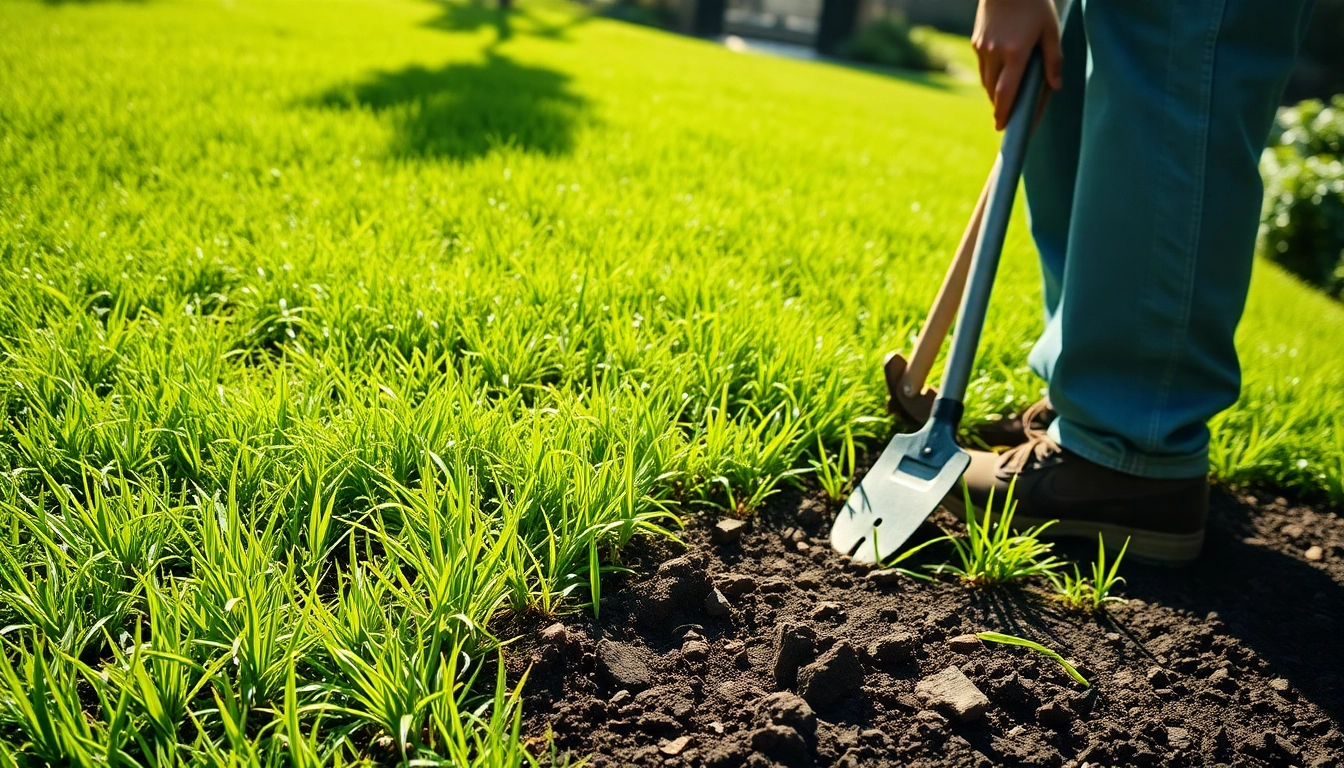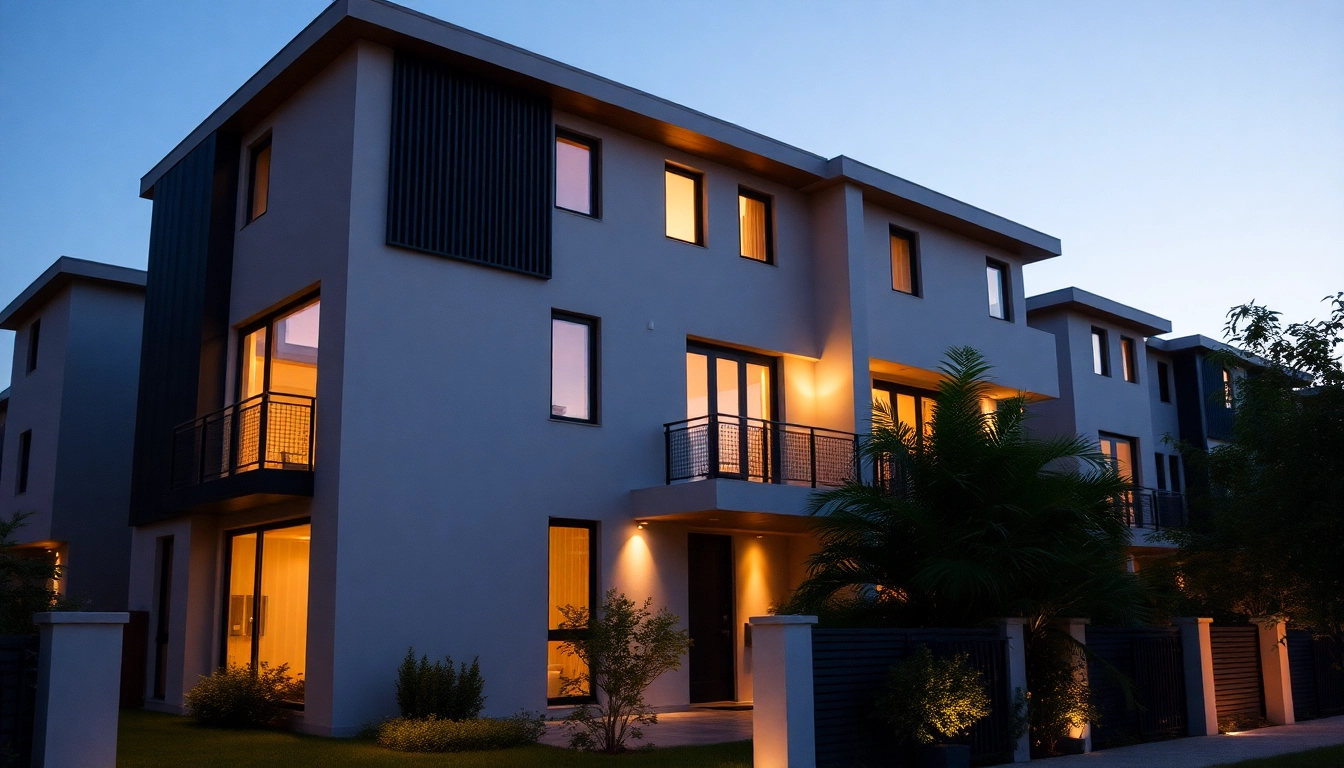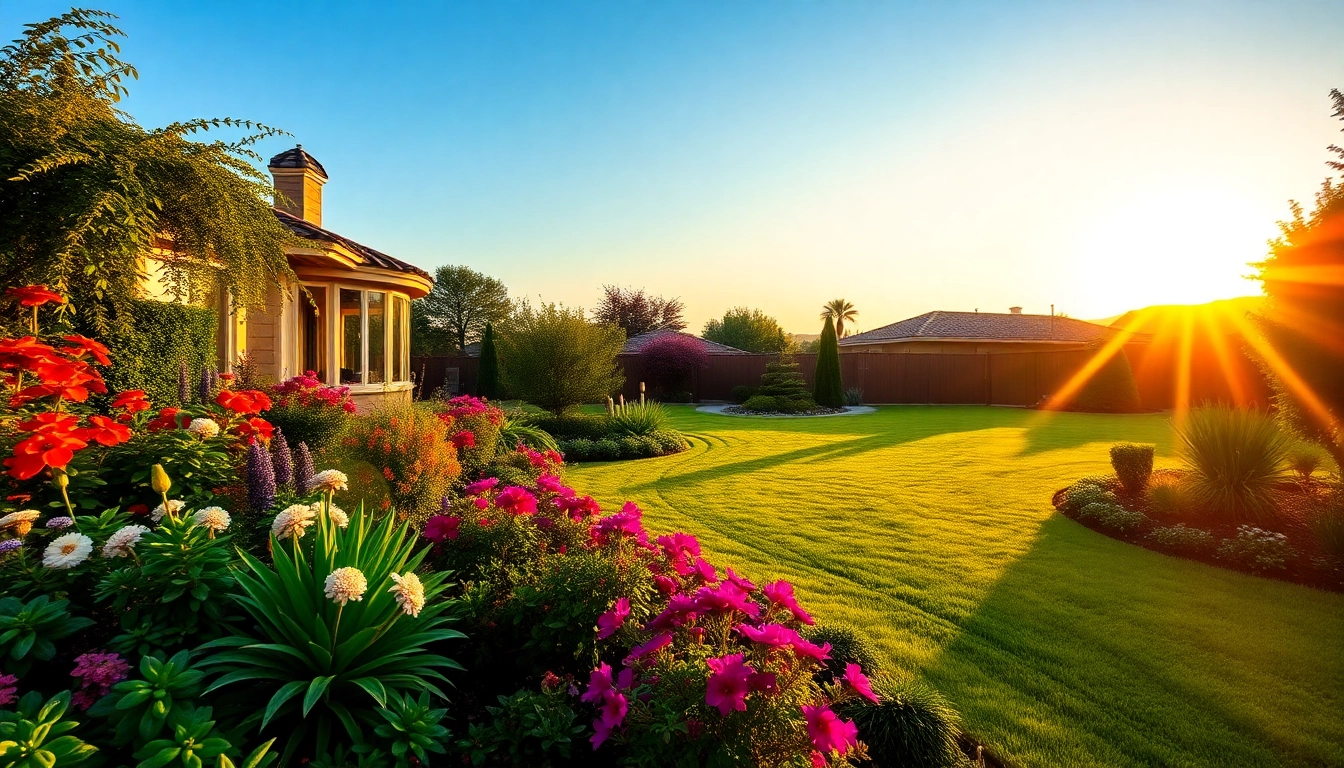What Influences Landscaping Company Pricing?
Understanding landscaping company pricing is essential for homeowners looking to revamp their outdoor spaces. Pricing can vary significantly based on several factors, which we will explore in detail.
Factors Affecting Pricing
Landscaping prices are influenced by a variety of factors that can fluctuate depending on specific project requirements. Here are some of the key elements:
- Project Size: Larger projects typically incur higher costs due to more materials and labor required.
- Materials Used: The quality and type of materials (e.g., wood, stone, plants) dramatically affect pricing. High-end materials will increase the overall cost.
- Complexity of Design: A highly intricate design or specialized landscaping features, such as water features, may necessitate more skilled labor and specialized materials, driving up costs.
- Labor Costs: The labor market in your area plays a huge role in landscaping pricing. Skilled labor may cost more but can yield better results.
- Time of Year: Certain seasons may demand higher prices due to demand, especially during peak landscaping seasons in spring and early summer.
- Permits and Regulations: Some landscaping projects may require permits, affecting overall costs due to fees and time for processing them.
Seasonal Pricing Fluctuations
Landscaping pricing can vary significantly throughout the year. Spring is often the busiest season for landscaping companies, leading to higher labor costs due to demand. Conversely, late fall and winter may see lower prices as companies may offer discounts to attract clients during the off-season. Timing your project can lead to significant savings, yet it’s important to consider the quality of work available during less busy times. Additionally, seasonal plants and materials may influence costs based on availability.
Regional Pricing Variations
Prices in landscaping can vary widely across different regions. Areas with higher costs of living may exhibit significantly elevated pricing due to increased overhead for companies. Conversely, rural areas may see lower prices due to less demand and competition among companies. Local climate considerations also affect plant selection and materials, which can change the overall price. Understanding your local market is crucial; researching multiple companies will provide insight into typical pricing in your area.
Common Landscaping Services and Their Costs
This section outlines the various landscaping services available, providing insights into the costs associated with each type of service.
Cost Breakdown for Design Services
Professional landscaping design is essential for creating cohesive outdoor spaces. The cost for design services typically ranges from $50 to $150 per hour, depending on the designer’s experience and the complexity of the project. Hourly rates may average around $70 to $100. Alternatively, flat fees for design can range from $600 to $2,500 based on site complexity, size, and required elements. This price usually includes site plans, plant selection, and consultations. A detailed landscape plan can result in more accurate budgets and project outcomes.
Maintenance and Lawn Care Pricing
Lawn care is an ongoing service that can save homeowners time and ensure that their landscape looks its best. Basic lawn maintenance services, such as mowing, edging, and blowing, may come at a cost ranging from $40 to $100 per visit, depending on lawn size. Comprehensive lawn care, including fertilization, herbicide application, and aeration, can increase costs to around $200 per treatment depending on lawn size and type. Companies may also offer annual contracts, which can save homeowners money over the long term.
Pricing for Hardscaping Projects
Hardscaping refers to construction elements like patios, walkways, retaining walls, and fencing. The costs for hardscaping vary widely depending on the material chosen. For example, concrete walkways can cost $6 to $12 per square foot, while natural stone may range from $15 to $30 or more. More elaborate features, such as outdoor kitchens, can escalate to $20,000 or more depending on materials and complexity. Proper budgeting for these projects often requires understanding both material and labor costs, alongside potential maintenance needs.
How to Get Accurate Landscaping Quotes
Obtaining precise quotes is crucial to ensure your project aligns with your budget. The following suggestions can help streamline this process.
Requesting Detailed Estimates
To achieve the best results, request detailed estimates from multiple landscaping companies. Be specific about your vision and requirements to ensure that all quotes include similar services and materials. A comparative approach enables you to identify outliers based on pricing and services rendered. A comprehensive estimate should outline all costs, including design, materials, labor, and any potential additional fees, providing clarity in budgeting.
Understanding Pricing Terms
Landscaping quotes can include various terms that may not be immediately clear. Familiarizing yourself with common landscaping terminology is essential. For example, “per se” charges relate to individual services rendered, while “comprehensive” pricing may cover multiple services under a single fee. “Markup” refers to the additional costs added to materials and labor by the contractor. Understanding these terms will allow you to navigate quotes with confidence and avoid unexpected costs.
Comparing Multiple Quotes Effectively
Once you have gathered multiple quotes, comparing them effectively is crucial. Create a simple table that outlines the costs of each service provided, materials used, and any additional fees. This visual representation will highlight discrepancies and help in decision-making. It may also reveal which landscape company offers the most value based on services provided rather than just final pricing.
Budgeting for Your Landscaping Project
Effective budgeting is critical in ensuring that your landscaping project proceeds smoothly without financial strain. Follow these guidelines for establishing a sensible budget.
Setting a Realistic Budget
Establishing a realistic budget involves assessing your financial capacity and setting aside a buffer for unexpected costs, typically 10-15% above the expected total. Begin by outlining your project’s priority areas and evaluating necessary services. Research typical costs in your area and consider contacting local landscaping companies for a range of estimates. A clear vision of your finances will guide your decisions, helping you pick the most suitable services without overspending.
Common Mistakes to Avoid
Budgeting for landscaping can be challenging. Here are some common pitfalls to avoid:
- Underestimating Costs: Failing to account for potential additional costs can lead to projects being halted mid-way. Always include a contingency buffer.
- Overly Ambitious Projects: Stretching your budget too thin for extensive projects can compromise quality or require costly revisions. Prioritize essential updates.
- Ignoring Maintenance Costs: Landscaping isn’t a one-off expense. Remember to budget for ongoing maintenance to keep your outdoor space thriving.
Ways to Save on Landscaping Costs
To maximize your landscaping budget and ensure a beautiful outdoor space, explore these strategies:
- DIY Options: Implementing simple projects yourself, like planting basic flowers or shrubs, can significantly reduce labor costs.
- Seasonal Discounts: Look for off-season deals on materials and services. Many companies offer reduced rates during slower months.
- Compost and Mulch: Using compost instead of purchasing expensive soil amendments can enhance your garden soil naturally while saving money.
- Native Plants: Select native plants that require less water and maintenance over non-native species, resulting in long-term savings.
Maximizing Value from Landscaping Services
Paying attention to value ensures that you not only stick to your budget but also receive the best possible outcome from your landscaping investment.
Evaluating Return on Investment
Evaluating the return on investment (ROI) from landscaping involves understanding how improvements affect your property value. Well-executed landscaping can enhance curb appeal and increase property value by as much as 15%. Various elements, including design quality, maintenance, and functional outdoor spaces, all contribute to this value increase. Regularly assessing market trends and other landscaping properties in your area can also help gauge expected returns.
Benefits of Professional Landscaping
Hiring professionals brings a range of advantages. Experts gather knowledge about the right plants for your climate, advanced design techniques, and effective implementation that can result in healthier landscapes with longevity. Professional services also save time and reduce stress for homeowners while providing quality workmanship. Furthermore, walking through the planning and idea phase with a professional showcases possibilities you may not have considered.
Long-term Benefits of Proper Maintenance
Maintaining your landscape is equally important as the initial design and installation. Investing in routine services prevents larger issues down the line that could lead to costlier repairs. Regular maintenance ensures plant health, enhances aesthetics, and can establish a thriving ecosystem in your yard. Future landscaping projects often increase in importance as your yard matures; establishing a solid foundation during the early phases maximizes both beauty and function.


